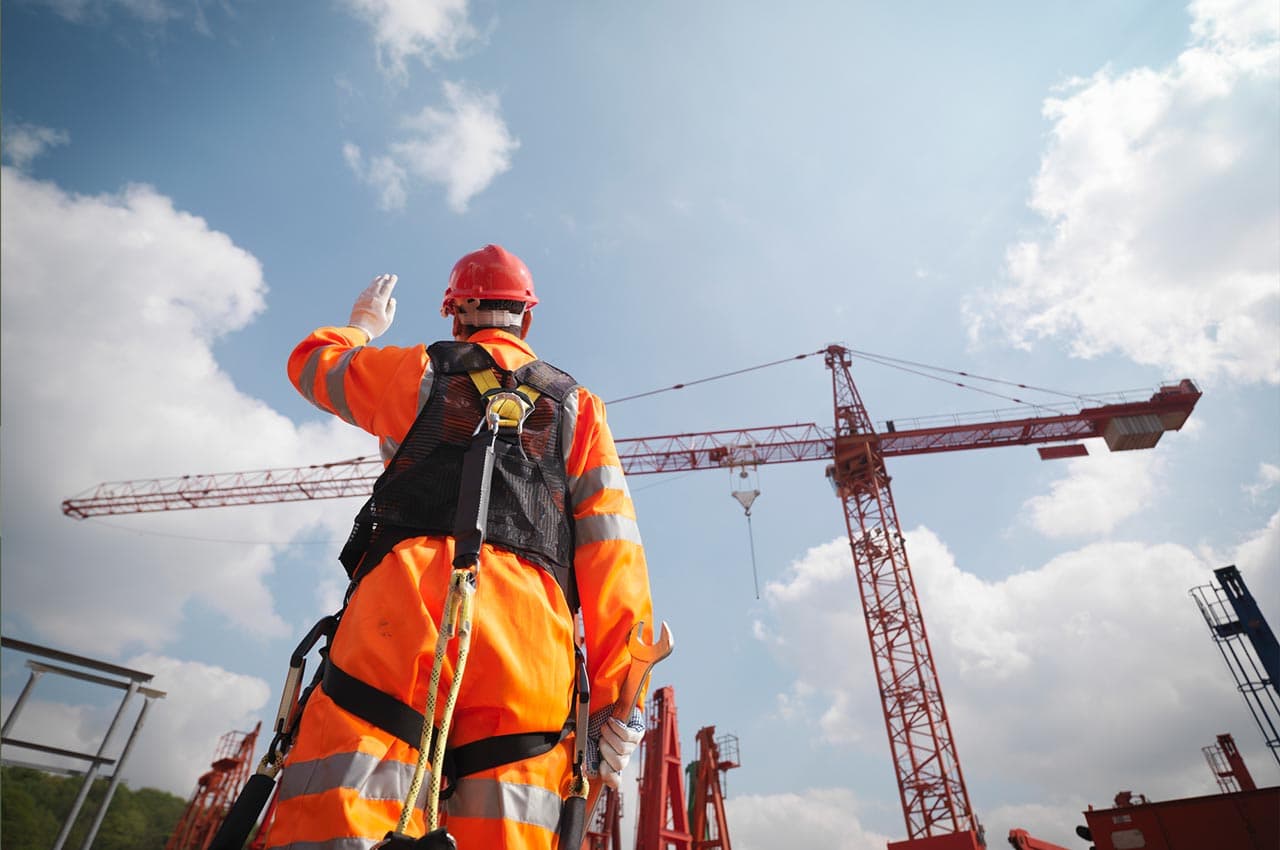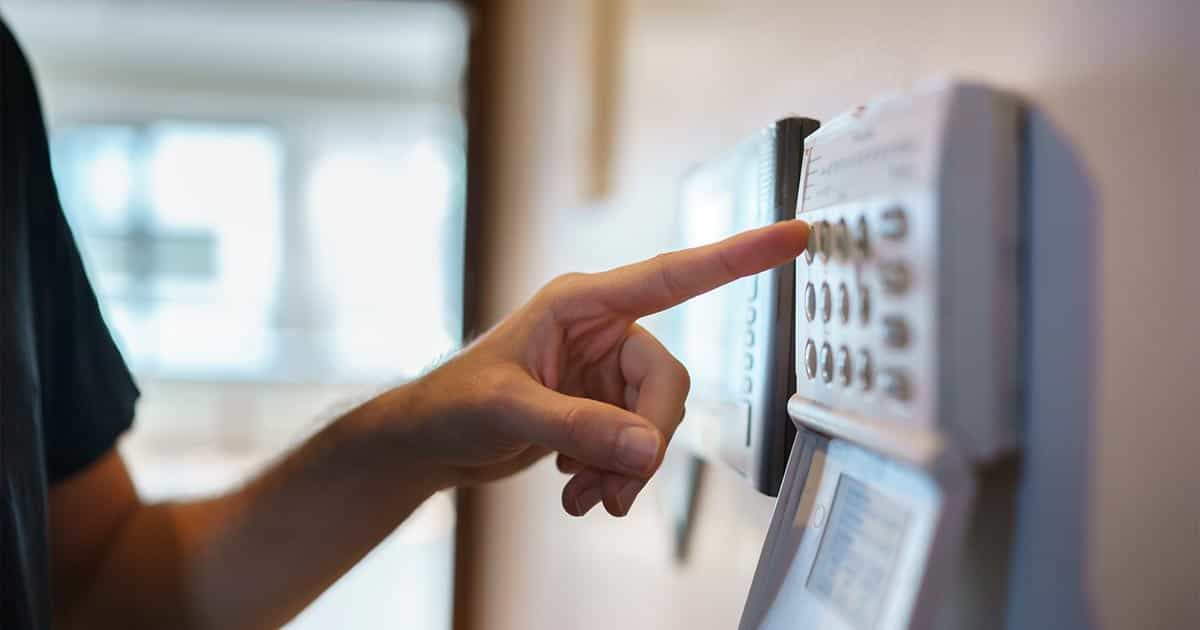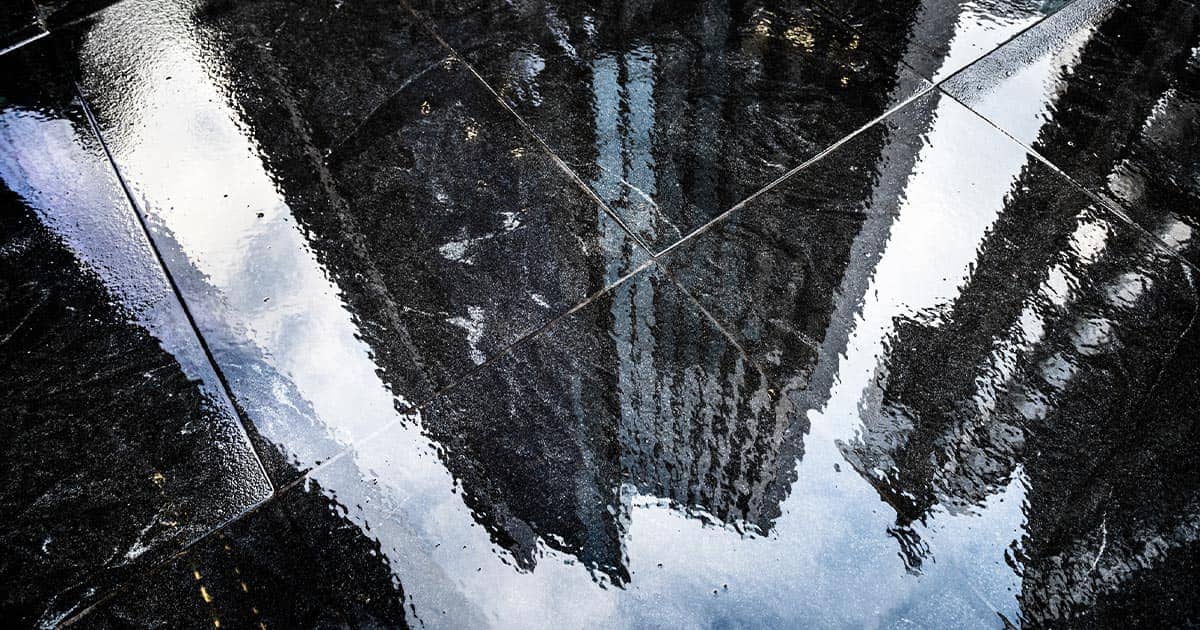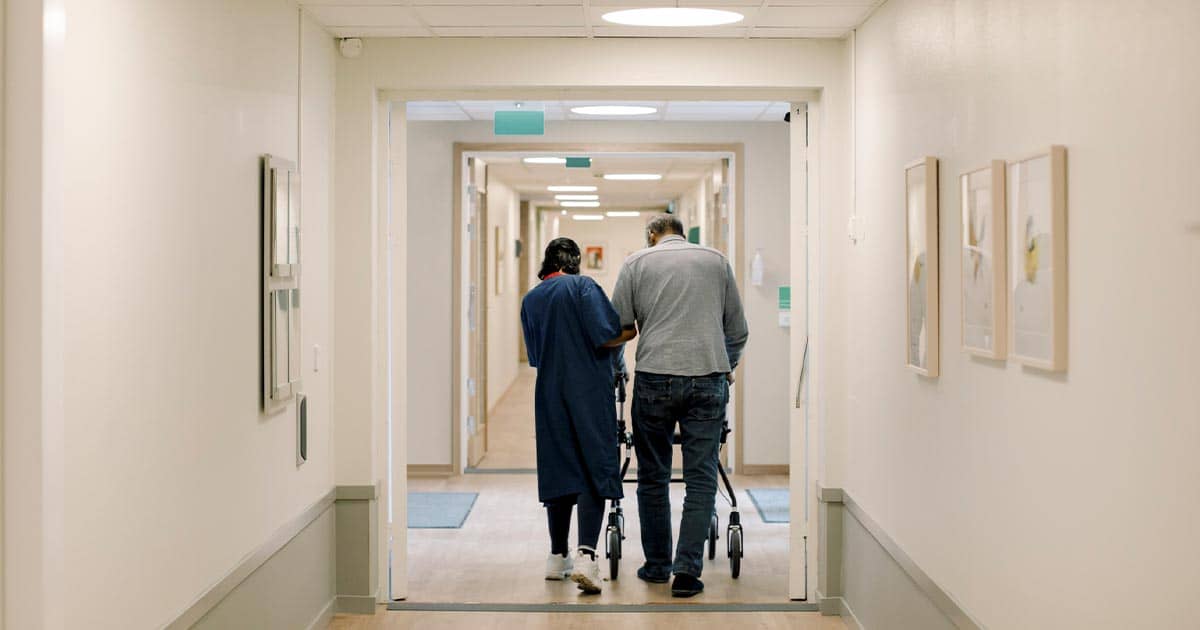As our weather gets more extreme, what impact will it have on the use of tower cranes in construction?
Tower cranes are an engineering marvel
The sheer existence of tower cranes has to be considered an engineering marvel and as machinery goes, the way they can withstand extreme weather conditions is quite something to behold. The power of such machines shouldn’t be underestimated. The Danish made Kroll K-10000 is considered to be the world's largest tower crane. It’s capable of lifting 120 tonnes (or 10 double-decker buses), it stands 120m tall (or just over 24 stacked, double-decker buses) and carries 223 tonnes of counter-balance. It’s load carrying boom is 84m long, almost the length of a football pitch. But even a machine of this scale is subject to the growing risks caused by climate change and adverse weather – something which is only going to get more dangerous as our climate worsens.
These machines must be built to be able to adapt to sudden extreme weather as a lot of the time, it’s not possible to deconstruct a tower crane on a building site – especially not within the timeframe that mother nature allows. Sudden storms, gusting winds and extreme weather events can creep up on us at any time, therefore tower cranes need to boast a range of safety features in order to reduce the chance of a collapse during an extreme weather event, assuming the cranes are being operated as per the manufacturers guidelines and per the guidelines from the Health & Safety Executive (HSE).
HSE guidance for out of service cranes
One thing operators can do to reduce the risk of a tower crane collapse during extreme weather is to ensure that the crane is set to the correct condition when it’s out of service. Building site closures may mean that cranes are left unsupervised and therefore certain conditions need to be met to ensure that the crane is able to withstand extreme weather should the worst happen and a storm arrive during an operators absence.
‘Slew brakes’ are one of the safety features which should be fitted to all tower cranes. When engaged, these brakes essentially stop the arm of the crane from swinging. When out of service, these brakes should be disengaged to allow for ‘free slew’ in heavy winds. It’s also crucial that this brake mechanism is properly maintained to ensure it operates as it should. According to the HSE guidance on tower crane slew brakes:
“Tower crane jibs are designed to free slew when out of service to avoid high loadings being placed on the crane structure and foundations with risk of failure or collapse. In order that a tower crane can be placed in the out of service condition it is essential that the slew brake release mechanism is maintained in an efficient state.
Failure to maintain the release mechanism can result in the operator being unable to fully release the slew brake when placing the crane in the out of service condition or the operator thinking that the slew brake is fully released when it is still partially engaged. If the brake is not fully released the upper slewing structure will not be able to slew freely in response to changing wind directions. This could result in the jib or whole crane collapsing in strong winds.”
Proper inspection and maintenance is vital
Like with any plant or heavy machinery, proper, regular and detailed inspection is vital in ensuring the safety of machines and those who operate near them. Although the risk of a tower crane collapse may increase as the UK faces more extreme weather, this risk can be mitigated to a certain point by ensuring all the correct procedures for inspection are followed. This ensures that any damaged parts are safely replaced and that all onboard safety features are always able to operate effectively during bad weather.
By following the right procedures when placing a crane out of service, further risk mitigation can take place because the crane will be left in a state that allows it to adapt to changing weather conditions even if an operator isn’t present.
Whilst tower crane collapses in the UK are rare, they can still happen and that’s why it’s important that all operators and workers who work near cranes are aware of their safety features and also what to do should the worst happen and a storm arrives. Although our weather is getting more extreme, the engineers building these marvellous machines are always innovating and creating new solutions to help cranes and other machinery safely deal with extreme weather. So, by working together, engineers, operators and the wider construction industry can ensure that the risk of a tower crane collapse in extreme weather is reduced as much as it can be to ensure safety for all on site and all who work in the building industry.

















